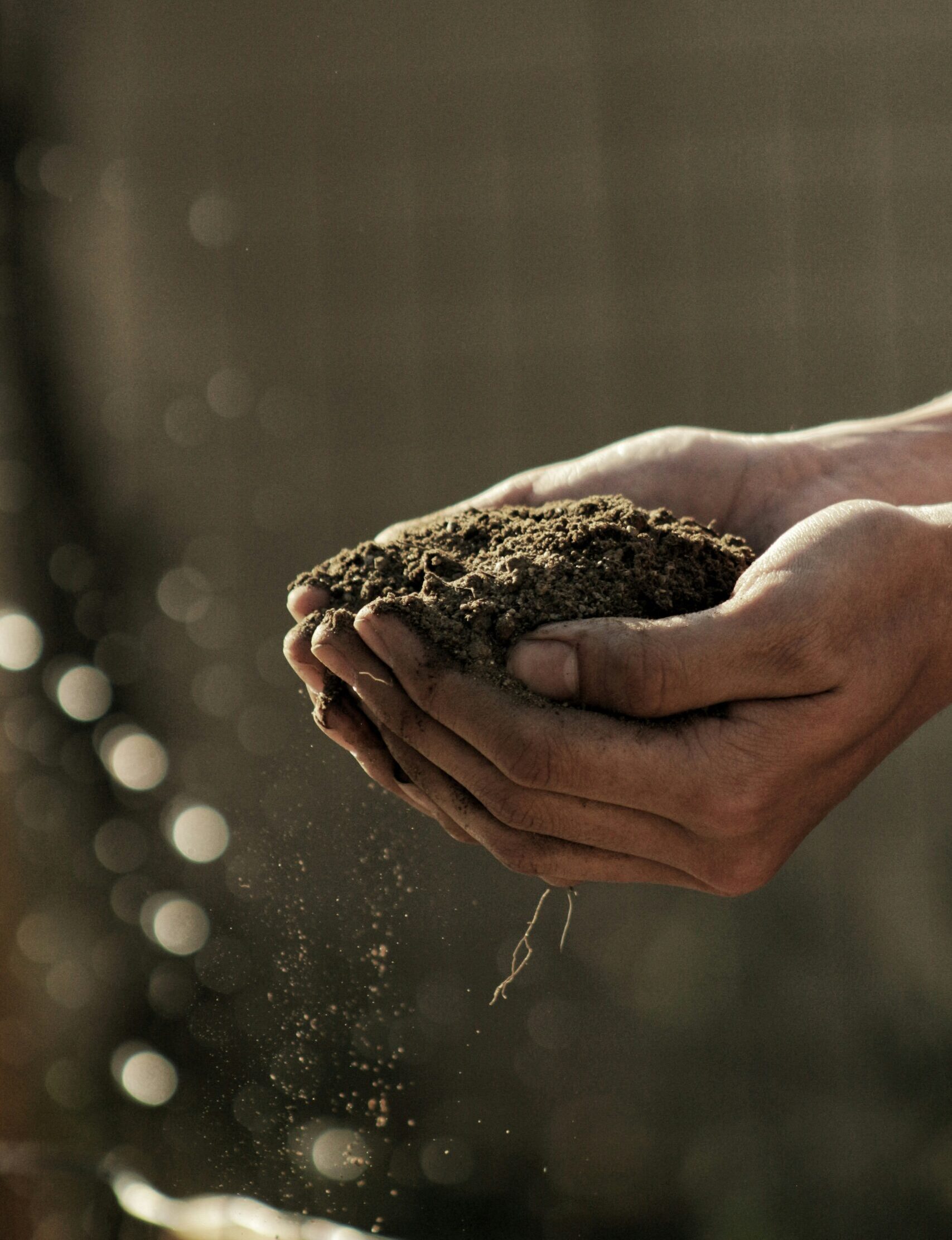When planning a construction project, it’s easy to focus on budgets, timelines and design. However, one crucial element that can make or break a project’s success is the environmental assessment. It plays a vital role in determining whether your project is feasible, both legally and practically, and will enable you to build a strong foundation for success – we mean this literally.
How Soil Impacts Your Foundation
Of the many professionals on your pre-construction and feasibility study team, having engineers onboard is a must. To assess the type of foundation required for a given building, an engineer will test the stability of the soil and rely on a geotechnical report to shed light on the different types of materials found in the soil.
Here in South Florida, the ground underneath us is a mix of stone, sand, dirt and more. The makeup of those materials has a significant impact on the type of foundation you’ll need for your building, so it’s imperative to know before construction begins.
Based on the environmental study of the soil and the different layers of stone, sand and other materials present, the engineer will recommend a foundation that can hold the required structural weight per square foot. This then informs the project’s budget and timeline.
Moreover, knowing the soil composition dictates the type of construction materials that can then be used on the project site so that the soil will not decompose or otherwise damage the materials.
Soil Sampling for the Win
Understanding environmental components helps build the backbone of your design plans. Knowing your soil quality, topography, flood zones and other environmental considerations dictates how you can proceed with the build and what budget you need to allocate to its construction.
To learn more about other essential steps to take when undergoing a site feasibility study and during pre-construction, contact us at Seacoast Consulting Group.
- test :


